Xiaochen Chen
Enhancing Multi-Class Anomaly Detection via Diffusion Refinement with Dual Conditioning
Jul 02, 2024Abstract:Anomaly detection, the technique of identifying abnormal samples using only normal samples, has attracted widespread interest in industry. Existing one-model-per-category methods often struggle with limited generalization capabilities due to their focus on a single category, and can fail when encountering variations in product. Recent feature reconstruction methods, as representatives in one-model-all-categories schemes, face challenges including reconstructing anomalous samples and blurry reconstructions. In this paper, we creatively combine a diffusion model and a transformer for multi-class anomaly detection. This approach leverages diffusion to obtain high-frequency information for refinement, greatly alleviating the blurry reconstruction problem while maintaining the sampling efficiency of the reverse diffusion process. The task is transformed into image inpainting to disconnect the input-output correlation, thereby mitigating the "identical shortcuts" problem and avoiding the model from reconstructing anomalous samples. Besides, we introduce category-awareness using dual conditioning to ensure the accuracy of prediction and reconstruction in the reverse diffusion process, preventing excessive deviation from the target category, thus effectively enabling multi-class anomaly detection. Futhermore, Spatio-temporal fusion is also employed to fuse heatmaps predicted at different timesteps and scales, enhancing the performance of multi-class anomaly detection. Extensive experiments on benchmark datasets demonstrate the superior performance and exceptional multi-class anomaly detection capabilities of our proposed method compared to others.
Clustered-patch Element Connection for Few-shot Learning
Apr 20, 2023



Abstract:Weak feature representation problem has influenced the performance of few-shot classification task for a long time. To alleviate this problem, recent researchers build connections between support and query instances through embedding patch features to generate discriminative representations. However, we observe that there exists semantic mismatches (foreground/ background) among these local patches, because the location and size of the target object are not fixed. What is worse, these mismatches result in unreliable similarity confidences, and complex dense connection exacerbates the problem. According to this, we propose a novel Clustered-patch Element Connection (CEC) layer to correct the mismatch problem. The CEC layer leverages Patch Cluster and Element Connection operations to collect and establish reliable connections with high similarity patch features, respectively. Moreover, we propose a CECNet, including CEC layer based attention module and distance metric. The former is utilized to generate a more discriminative representation benefiting from the global clustered-patch features, and the latter is introduced to reliably measure the similarity between pair-features. Extensive experiments demonstrate that our CECNet outperforms the state-of-the-art methods on classification benchmark. Furthermore, our CEC approach can be extended into few-shot segmentation and detection tasks, which achieves competitive performances.
Rethinking the Metric in Few-shot Learning: From an Adaptive Multi-Distance Perspective
Nov 02, 2022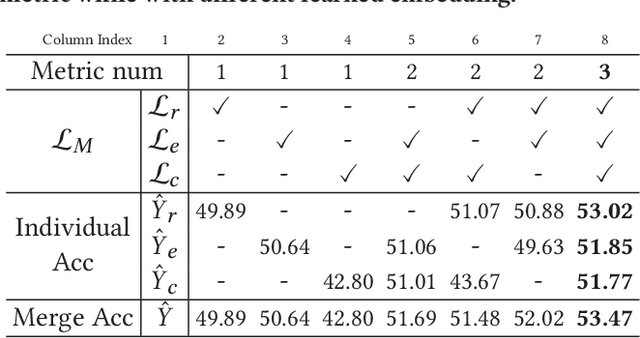
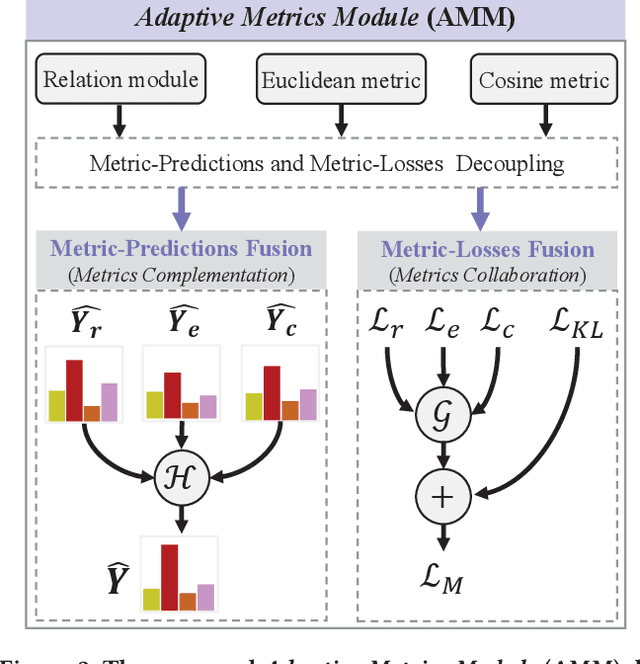

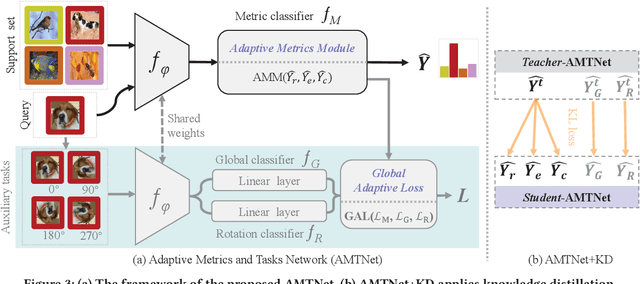
Abstract:Few-shot learning problem focuses on recognizing unseen classes given a few labeled images. In recent effort, more attention is paid to fine-grained feature embedding, ignoring the relationship among different distance metrics. In this paper, for the first time, we investigate the contributions of different distance metrics, and propose an adaptive fusion scheme, bringing significant improvements in few-shot classification. We start from a naive baseline of confidence summation and demonstrate the necessity of exploiting the complementary property of different distance metrics. By finding the competition problem among them, built upon the baseline, we propose an Adaptive Metrics Module (AMM) to decouple metrics fusion into metric-prediction fusion and metric-losses fusion. The former encourages mutual complementary, while the latter alleviates metric competition via multi-task collaborative learning. Based on AMM, we design a few-shot classification framework AMTNet, including the AMM and the Global Adaptive Loss (GAL), to jointly optimize the few-shot task and auxiliary self-supervised task, making the embedding features more robust. In the experiment, the proposed AMM achieves 2% higher performance than the naive metrics fusion module, and our AMTNet outperforms the state-of-the-arts on multiple benchmark datasets.
House Price Prediction Using LSTM
Sep 25, 2017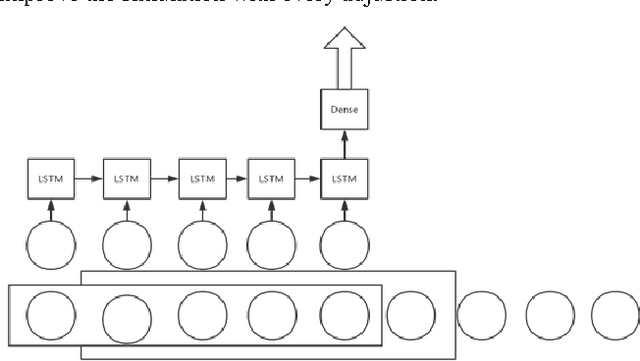
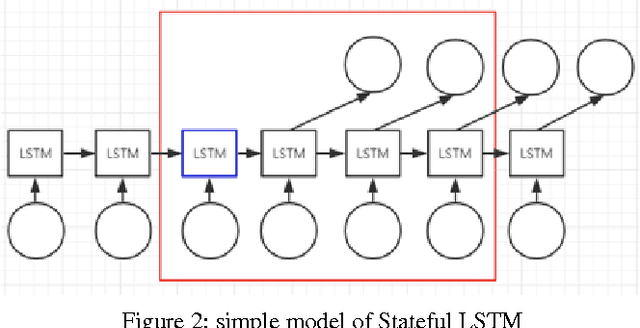
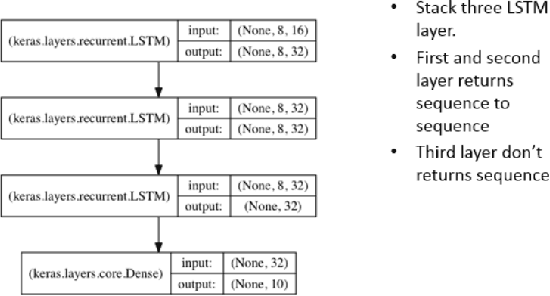
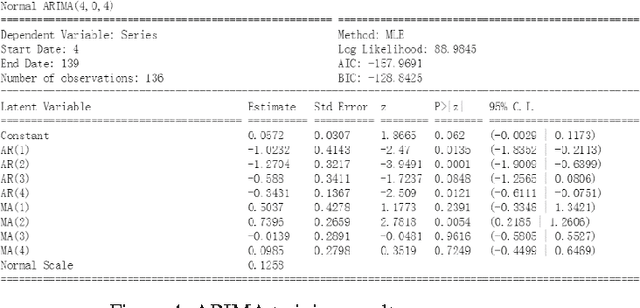
Abstract:In this paper, we use the house price data ranging from January 2004 to October 2016 to predict the average house price of November and December in 2016 for each district in Beijing, Shanghai, Guangzhou and Shenzhen. We apply Autoregressive Integrated Moving Average model to generate the baseline while LSTM networks to build prediction model. These algorithms are compared in terms of Mean Squared Error. The result shows that the LSTM model has excellent properties with respect to predict time series. Also, stateful LSTM networks and stack LSTM networks are employed to further study the improvement of accuracy of the house prediction model.
 Add to Chrome
Add to Chrome Add to Firefox
Add to Firefox Add to Edge
Add to Edge